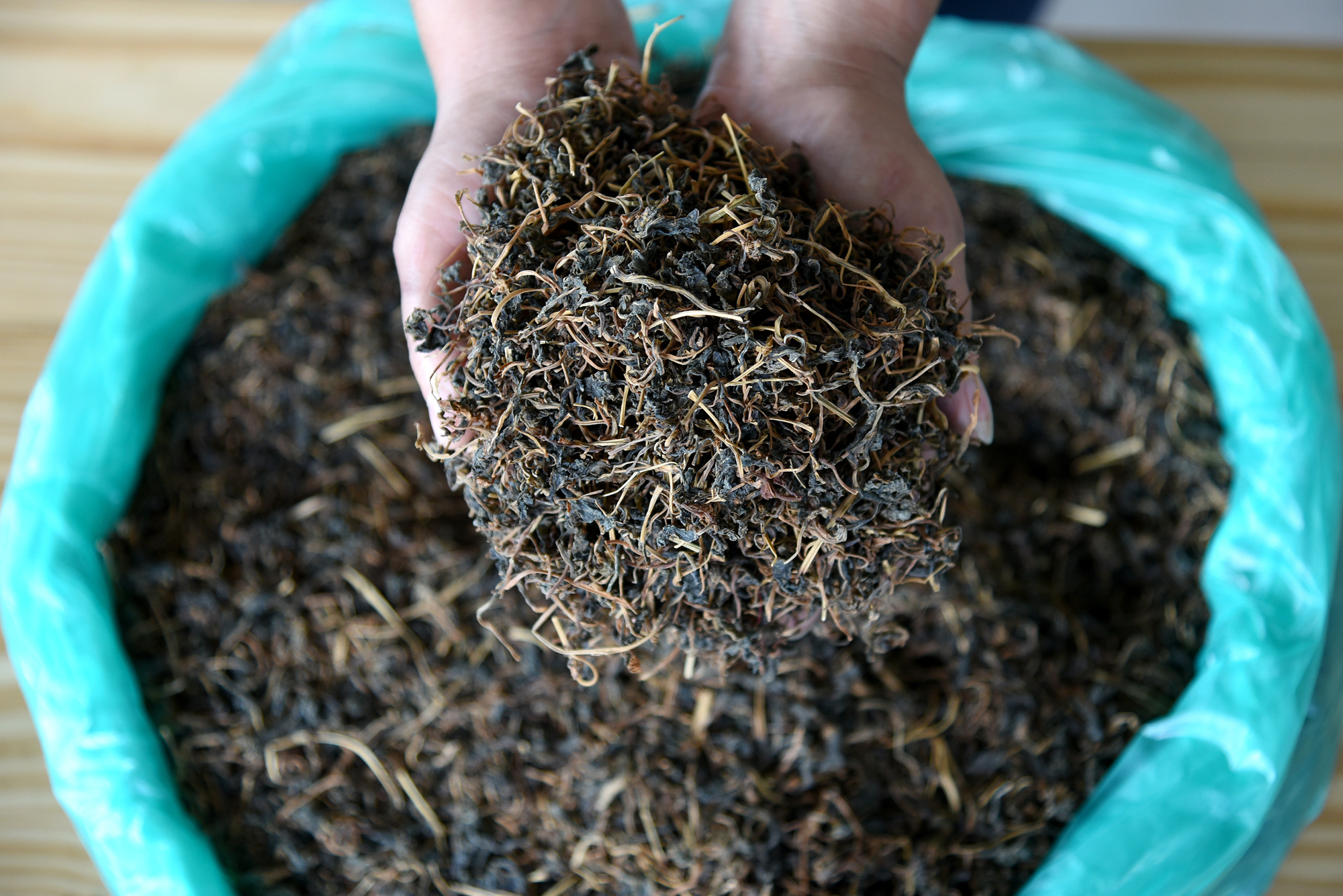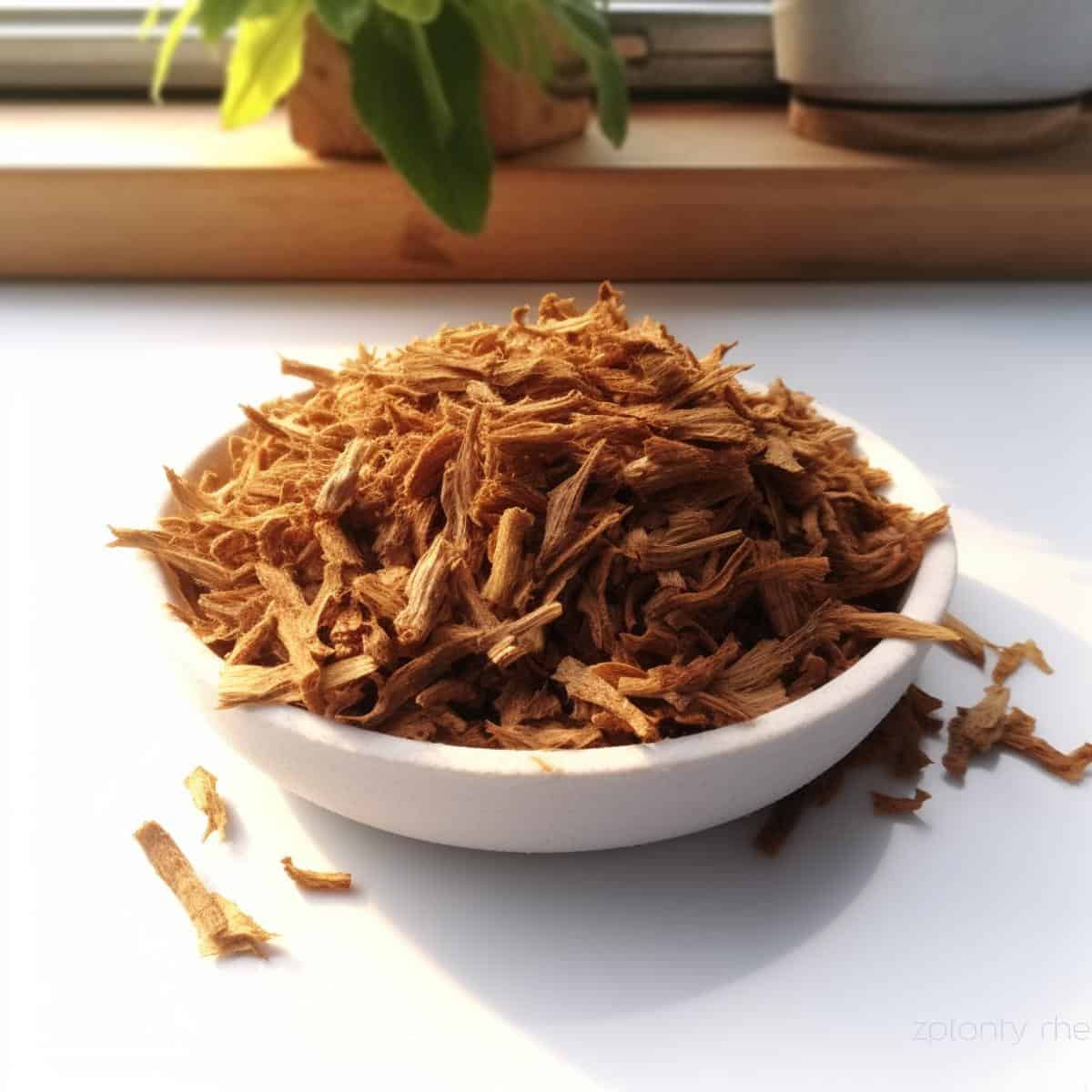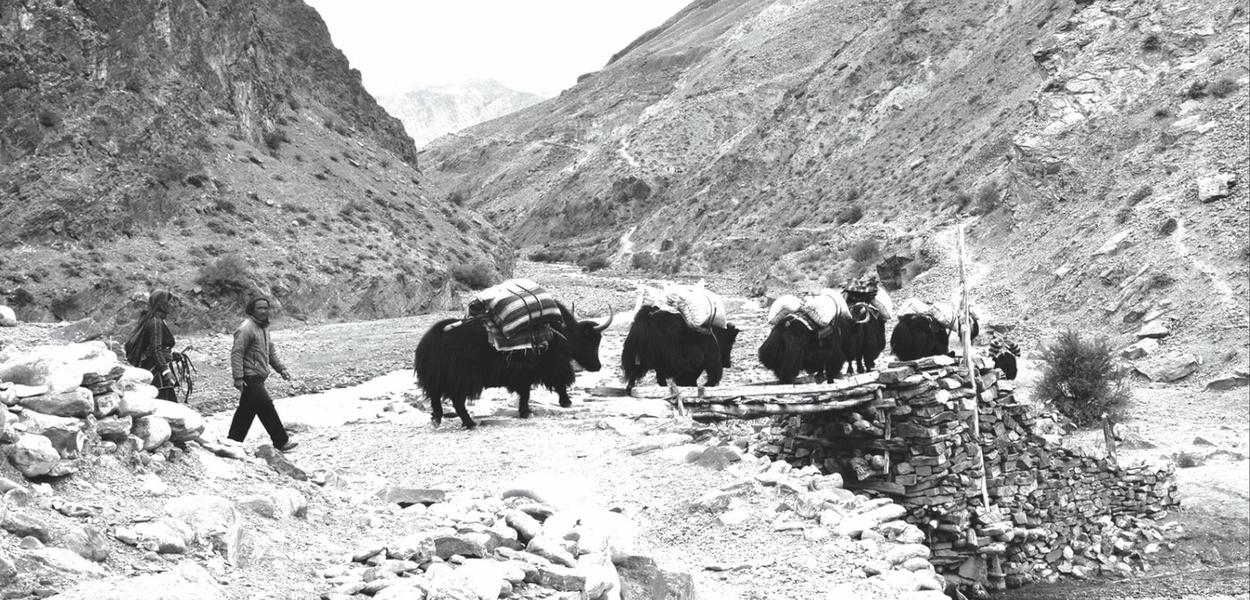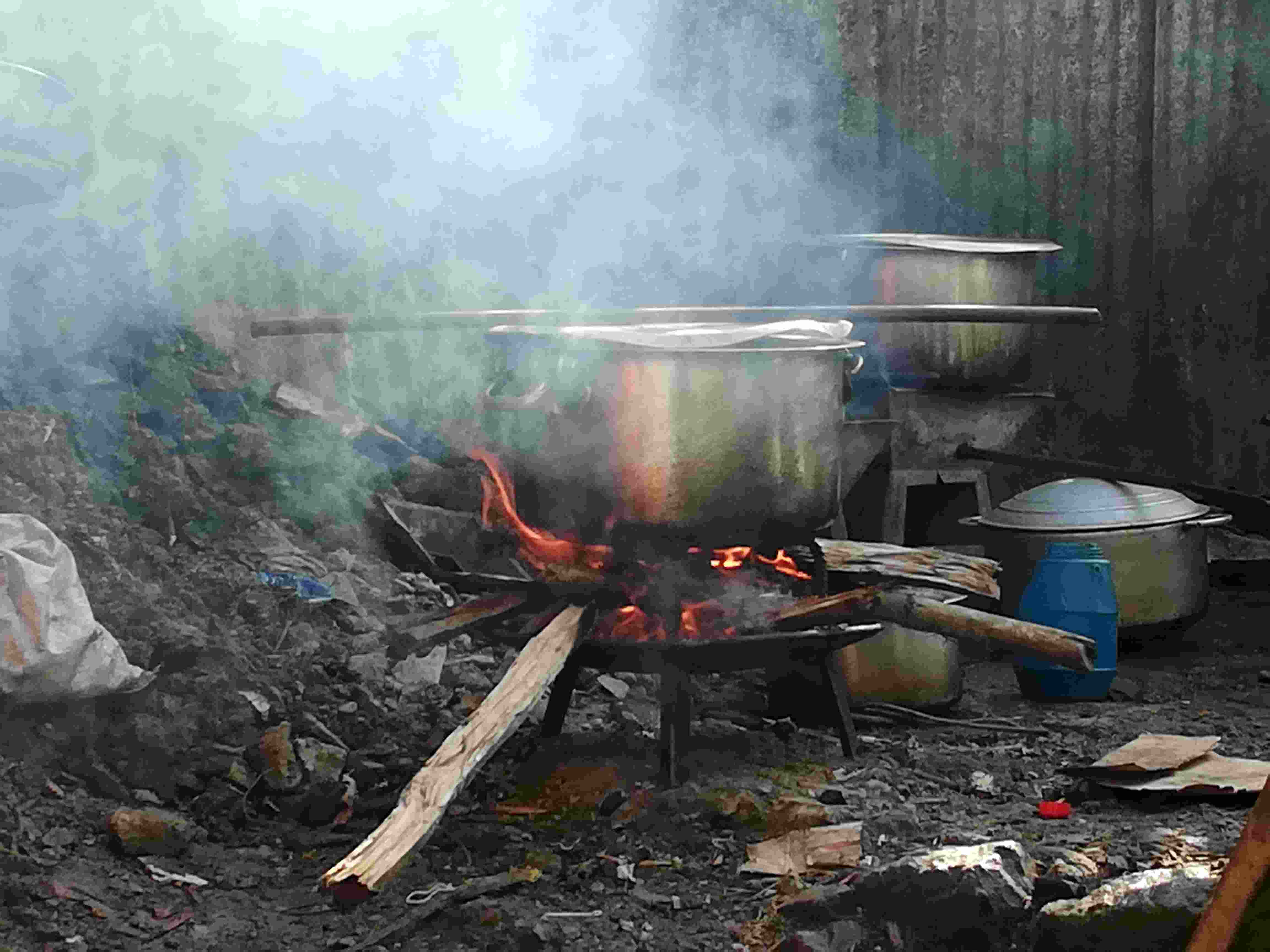Share this Article
Fermentation is an ancient culinary technique that holds a special place in the rich tapestry of Nepalese cuisine. Among the many traditional fermented foods, Gundruk and Sinki stand out, not only for their unique flavors but also for their cultural significance and nutritional benefits. These fermented delicacies showcase the ingenuity of Nepali communities in preserving food during the harsh winter months.
The Traditional Process of Fermentation
Gundruk

Gundruk is a fermented product made primarily from leafy vegetables such as mustard greens, radish leaves, and cauliflower greens. The fermentation process is deeply rooted in the agricultural practices of Nepal, particularly in the Terai and hilly regions. The preparation of Gundruk typically occurs during the harvest months of October and November, when an abundance of greens is available.
- Harvesting and Wilting: Freshly harvested leaves are collected, often in large quantities. To prepare the leaves, they are allowed to wilt for one or two days, reducing their moisture content and enhancing their flavor.
- Shredding: Once wilted, the leaves are finely shredded using a knife or sickle. For a richer taste, the roots of the radish can also be included in the mixture, adding depth and enhancing the quality of Gundruk.
- Packing and Fermenting: The shredded leaves and smashed radish roots are tightly packed into an earthenware pot. The pot is then filled with warm water (around 30 °C) to ensure the leaves are fully submerged. The mouth of the container is sealed tightly, and it is often placed in a sunny location or buried in cow dung, which helps maintain warmth during fermentation.
- Monitoring Fermentation: After approximately one week, the fermentation process reaches its peak, characterized by a mild acidic taste and a distinct aroma. The Gundruk is then removed from the pot and sun-dried, further concentrating its flavors.
Bacterial Activity in Gundruk Fermentation
The fermentation of Gundruk primarily involves lactic acid bacteria, with Pediococcus and Lactobacillus species being the most predominant. These bacteria thrive in the anaerobic (low-oxygen) conditions created within the tightly packed pot.
- Pediococcus spp.: These bacteria are known for their ability to ferment sugars and produce lactic acid, which contributes to the tangy flavor of Gundruk. They also play a crucial role in inhibiting the growth of spoilage organisms, ensuring the safety and longevity of the fermented product.
- Lactobacillus spp.: Another group of lactic acid bacteria, Lactobacillus species are essential for the fermentation process, as they lower the pH of the mixture. This drop in pH not only enhances the flavor but also aids in preserving the Gundruk by creating an environment that is unfavorable for harmful bacteria.
During fermentation, the pH gradually decreases, typically reaching around 4.0, while the amount of lactic acid increases, resulting in a tangy and flavorful product.
Sinki

Similar to Gundruk, Sinki is made using radish, but focuses on the taproot rather than the leafy greens. The preparation of Sinki involves:
- Preparation of Radish: Fresh radishes are cleaned and grated or sliced. The grated radish is then mixed with salt to draw out moisture, creating a natural brine that enhances the fermentation process.
- Fermentation: The salted radish mixture is packed into containers and left to ferment for several weeks. During this time, beneficial bacteria develop, resulting in Sinki’s distinctive flavor, characterized by a tangy and slightly spicy profile.
- Bacterial Activity in Sinki Fermentation: Similar to Gundruk, the fermentation of Sinki is primarily carried out by lactic acid bacteria, particularly Lactobacillus species. These bacteria are responsible for the acidity and flavor profile of Sinki, making it a nutritious condiment.
- Consumption: Sinki is typically enjoyed as a condiment or side dish, often served alongside rice and lentils. It not only adds a burst of flavor but also provides probiotic benefits, supporting gut health.
Cultural Significance
The fermentation of Gundruk and Sinki is more than just a food preservation technique; it embodies the cultural heritage and agricultural practices of Nepal. Here are some key cultural aspects:
Food Preservation
The mountainous and rural regions of Nepal face challenging climatic conditions, especially during winter. Fermentation allows communities to preserve the nutritional value of surplus vegetables, ensuring access to essential nutrients even when fresh produce is scarce.
Community Traditions
The preparation of Gundruk and Sinki is often a communal activity, where families and neighbors come together during the harvest season. This shared experience fosters a sense of community, passing down knowledge and culinary traditions through generations.
Culinary Identity
Gundruk and Sinki are integral to the Nepali culinary identity, often served during festivals and celebrations. They symbolize hospitality and the importance of sharing meals, reinforcing bonds among family and friends.
Nutritional Benefits
Fermented foods like Gundruk and Sinki offer various health benefits. Rich in probiotics, they promote gut health and enhance digestion. The fermentation process also boosts the bioavailability of vitamins and minerals, making these foods valuable additions to a balanced diet.
Conclusion
Gundruk and Sinki represent the rich tradition of food fermentation in Nepal, showcasing the ingenuity of local communities in preserving seasonal produce. As these traditional methods continue to thrive, they serve not only as a means of sustenance but also as a celebration of cultural heritage, community bonds, and the resilience of the Nepalese people. The flavors of Gundruk and Sinki are a testament to the artistry of fermentation, ensuring that these cherished foods remain a part of Nepal's culinary landscape for generations to come.
Categories:
Lifestyle & Local Life
,
Health & Wellness
Tags:
traditional food
,
tradition







